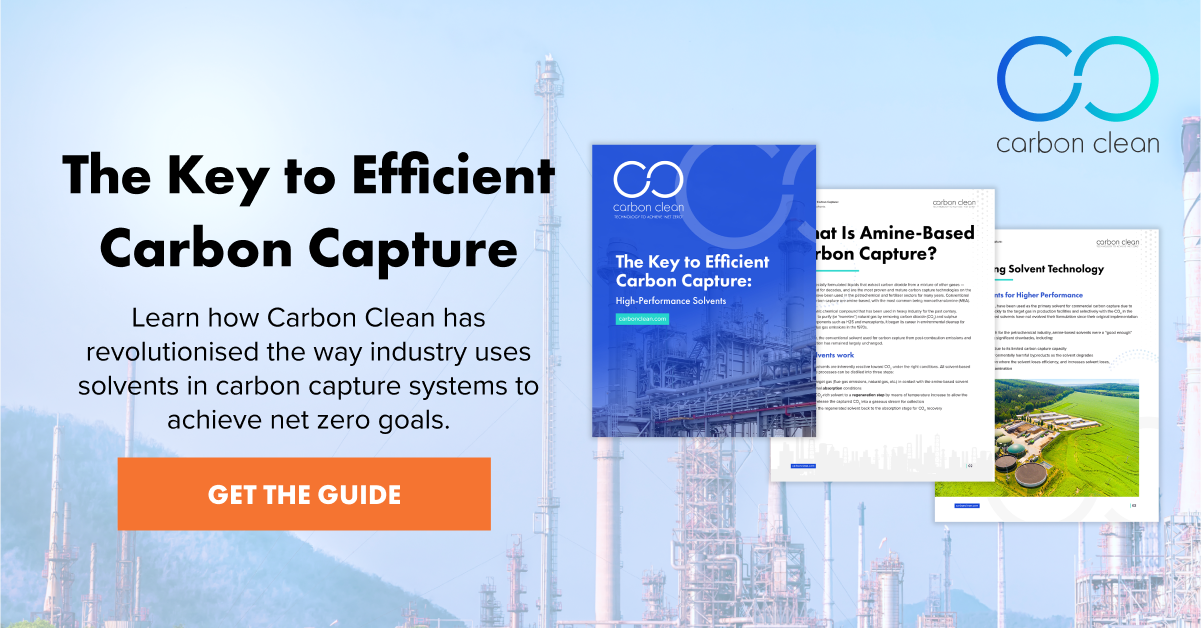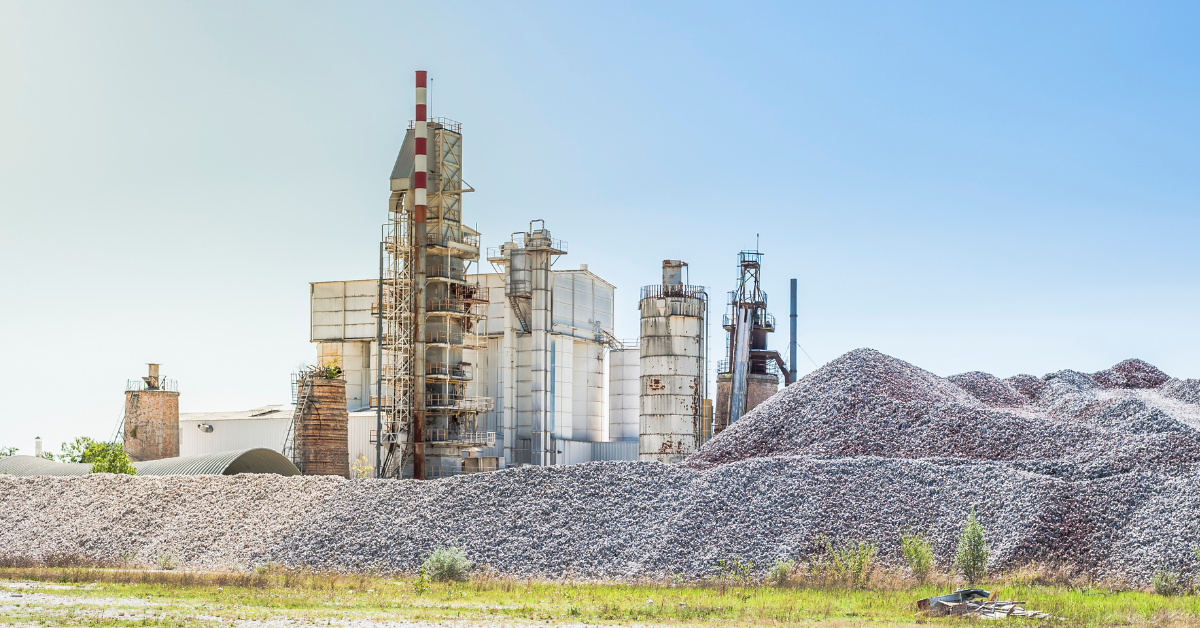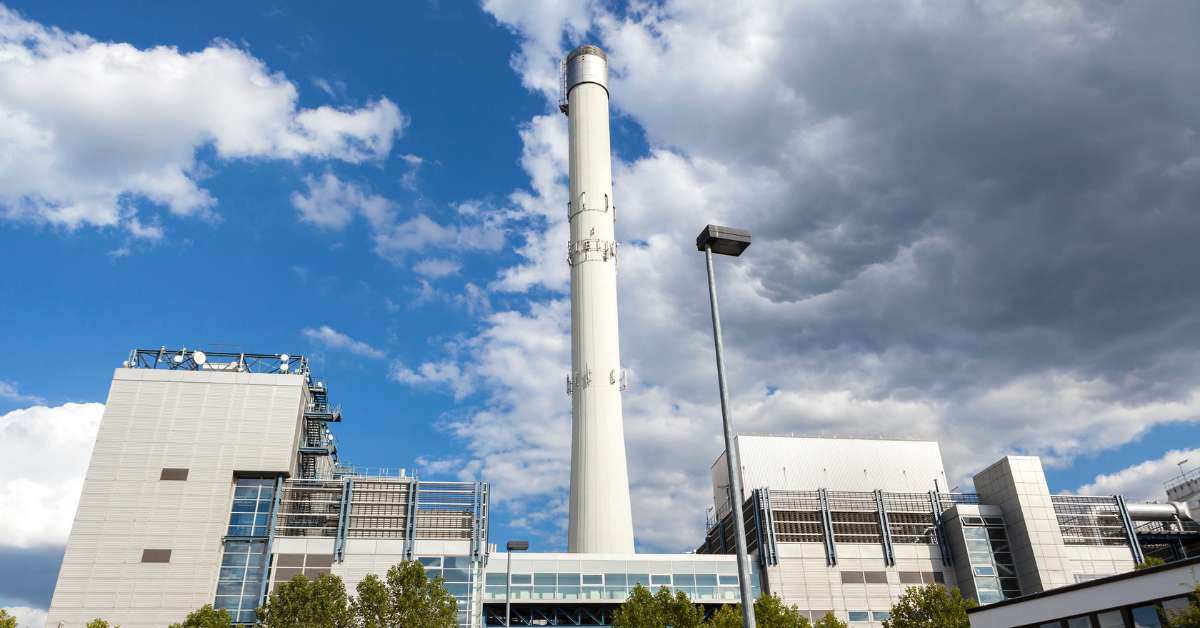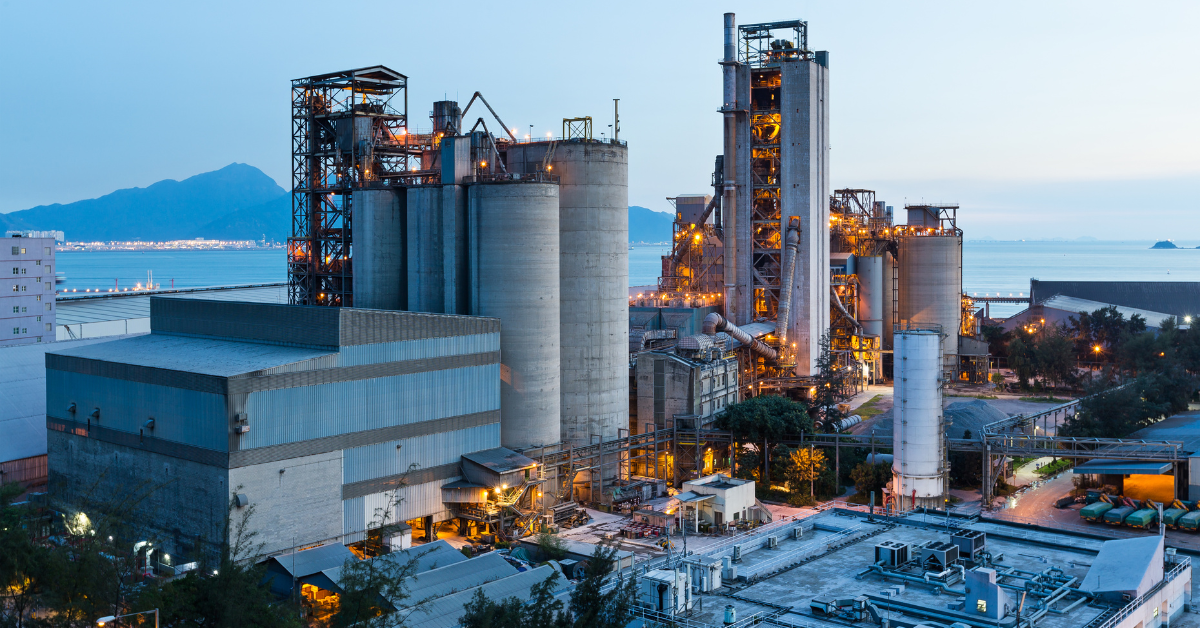Cement is one of the world's largest producers of CO2. Facilities are created with long life expectancy, and multiple points in the cement production process create carbon dioxide. This makes it a difficult industry to decarbonise, but the sector is making progress. With high-quality solvent-based carbon capture technology, we can ensure net zero cement production and help reduce the industry's impact on our world.
Welcome to today’s video blog regarding the CDRMax™ technology and how it helps the cement industry make progress towards net zero.
What are some of the cement industry’s core challenges when it comes to carbon capture?
The cement industry plays a critical role in the fight against climate change. Their strategies for decarbonisation and carbon management will be a reference for heavy industry. However, the main challenges are complicated and require long-term solutions.
The main challenges are:
- The long lifespan of cement plants.
- The competitive market the cement industry faces.
- Cement production as a double source of CO2: the calcination process represents a source of CO2 from the limestone feedstock. Additionally, the operation of a kiln requires combustion which also produces CO2.
Can solvent-based carbon capture help meet those challenges?
Yes, it can. For example, when we speak about the lifespan of cement factories, we consider that these are built to operate for an average of 40 years or more and require large investments.
Simply replacing them is usually not an option, and therefore retrofit options like solvent-based chemical absorption plants are feasible and reliable solutions.
How does solvent-based carbon capture technology help the cement industry reach the goal of achieving net zero emissions?
Utilising a solution that has been accepted in heavy industry for many decades de-risks certain decision factors. When evaluating the lifecycle of technology, it is also important to consider the maintenance and operation of such processes.
Solvent-based solutions are well known, and many local engineering and servicing companies are familiarised with the technology. This is a factor that helps with decision-making.
How can Carbon Clean’s APBS-CDRMax® solvent benefit a cement plant in capturing carbon?
Solvent-based carbon capture is a good technical fit for recovering CO2 from cement emissions, but what about the costs associated with the investment and operations of such carbon capture solutions?
Carbon Clean’s solvent-based CDRMax™ technology is designed to increase the efficiency of the chemical absorption process, which means fewer costs for the owner. And as we mentioned before, with the cement industry being in a very competitive market, any additions to the production cost of building materials are highly sensitive.
Carbon Clean understand this, and our approach is to focus on process integration, standardisation and innovation, allowing our customers to find long term solutions with us.
Which cement players have already partnered with Carbon Clean?
Our aim is to create strategic partnerships so that Carbon Clean can support the cement industry on their journey. It is only possible to overcome this great challenge against climate change when we are all onboard and pulling in the same direction.
We are proud to work with CEMEX, LafargeHolcim, Dalmia Cement, and Taiheiyo Cement, partnering with them on this journey towards a net zero industry of cement production.
Looking to learn more about the role of solvents in carbon capture — and how they can help the cement industry achieve net zero? Download our eBook, The Key to Efficient Carbon Capture: High-Performance Solvents, to learn how Carbon Clean's proprietary solvents are making an impact.




